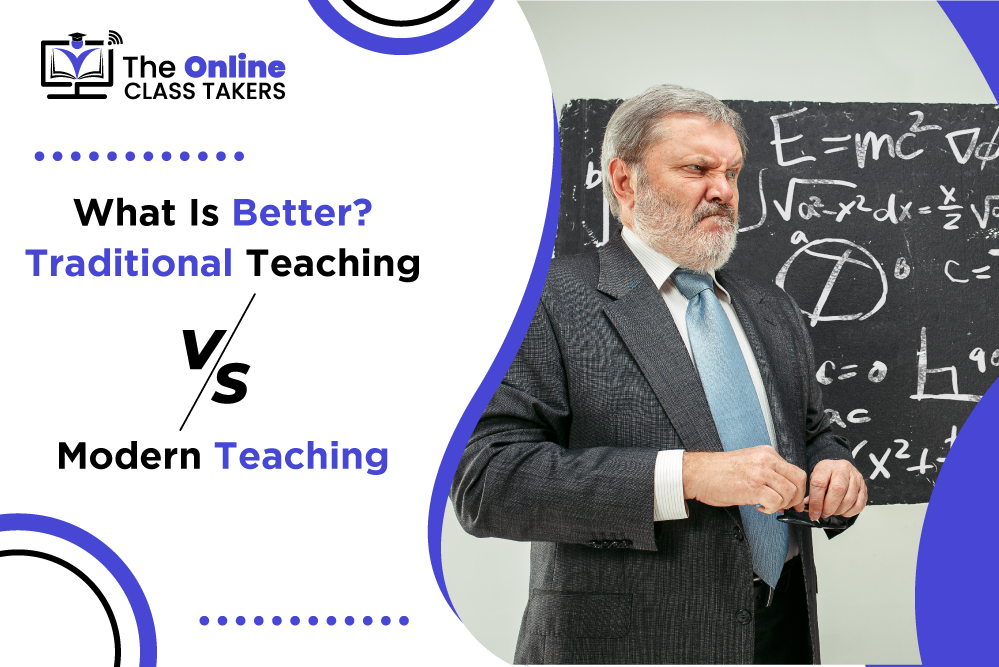How often do you try to understand the puzzled E-book of your child? Or are you an aspirant currently jumping between multiple modes of learning? Does not matter which category of the parent or student you belong to, the manipulation of learning and teaching is a hard reality to ignore. For guardians, it has become mandatory to hire tutors since their mode of learning is dissimilar from what we have today.
As far as enrolled students are concerned, they despite being a part of the revolution still ask various teachers to take my class for me both online and onsite. The cause of such an immense need for external help is enough to prove that traditional methods are not enough to meet different criteria of education. But that can never overcome the positive aspects of traditional teaching in any manner too. Better to throw some light on both kinds.
The brighter side of modern teaching methods
Let’s cater the debate with on-ground realities.
Multiple learning resources
Back in the day, the only resources candidates had in their hands were syllabus and related books or maximum library books to study from. Now they are blessed with numerous resources such as the internet, reference books, articles blogs, press releases, YouTube recorded lectures, etc. This proves the availability of external academic help at the fingertips. Be it of any type like written, graphic motion, audio, images, videos, charts, and tabulation. Could you imagine availing in past? Nobody did. All thanks to technological advancements. But this wasn’t possible without acceptance. Luckily world adopted them at its earliest.
Online courses as reference
Just like today’s generation is equipped with uncountable resources, they also have their hands-on reference courses. From skill-based learning such as graphics, and web development to cloud computing and digital marketing, you can get almost everything on the bossy creature called the internet. Likewise, teachers depending upon modern teaching methods often refer free courses to their students so that they can excel beyond boundaries. They may be out of the designed curriculum but such extra pieces of knowledge leave a beneficial impression on learners’ mental growth. Plus, assist in uncovering their strengths to set future goals too.
Freedom to present own ideas
Students in the past were kind of bound to work on a limited number of ideas mainly assigned by supervisors only. But now it is close to impossible. They have their own say in everything so in their academic journey. No one would be tolerant of living in a bubble of limited thinking horizon but kept on discovering to figure out what is left. For example, most of the students in the modern teaching world select their own research paper topic instead of depending upon the instructor. Exploring all the pros, cons, gaps, discoveries, and solutions to that, they make adequate efforts during the journey. Do not forget one thing, there is no end to the thirst for education.
The power of questioning
Since when modern teaching methods have taken over traditional ones, we have literally risen above the typical standards of teacher-student bonding decided by the previous education system. Even lecturers are pretty much open to questions as well as corrections too. Call it the need of an hour or open-mindedness that recent teaching ways have developed, but this trend has brought tremendous positive changes to the lives of young applicants. Questioning clears so many confusions and authorizes both professors and students to rethink, observe, examine, analyze, and then implement certain strategies. It also empowers one to challenge and prove something they find illogical.
The brighter side of traditional teaching
Now have a look at another side of the coin.
Strict environment
Gone are the days when not only teachers but parents also used to influence study-related strictness. Making a huge difference in students’ psyche, this behavioral trait brought fruit in the past because students of that time were habitual of such ambiance. Lack of strictness leads to non-seriousness among kids which is quite understood as well. After all, supervision and constant reminders are as important as the syllabus itself. Students barely focus on proper checks and balances during the process. Now most teachers are either deprived of this right or do not practice it themselves for different reasons.
Less competition, less pressure
The best part about the traditional mode of learning and teaching was the missing element of competition. I agree that competition leads to growth but only a healthy one, which rarely happens in today’s world. In traditional ways of teaching, the instructors never put great emphasis on comparison or competition. But self-competition only. This means we were obliged to grow from our previous versions only. Hence, no pressure to rise from anyone else other than where we were standing before. As every individual is born with a different set of capabilities, strengths, and weaknesses, the idea of competing with others never turns out to be productive.
No e-learning, no distractions
Apparently, E-learning seems comforting but there is more to that. From environmental distractions to a lack of building focus, online classes contribute a lot in this regard. Yes! There is nothing to beat the focus we can pay during physical classes. Let’s take an example of random online live lectures where the attendee is surrounded by some homely distractions, longer than usual breaks, dizziness, and broken focus. In contrast to that, an onsite scenario keeps one away from such unfortunate incidents. In fact, the atmosphere and social live interactions with classmates help in regaining energy levels up to much extent.
High focus on studies
There is no second thought to the reliability of distance learning, we were dependent upon it for good two years of the pandemic. But it also comes down to the fact that there is huge difference quality of education transferred. Call it internet connection issues or other interruptions that come along the way i.e. battery, mechanical fault on the gadget, etc. On the other hand, traditional teaching keeps one away from such additional problems. You can totally pay attention to the center of the matter which is education only. Face to face interactions has their undeniable worth including live Q/A sessions, on the spot quiz, presentations, and much more.
Summing Up
I have a firm belief that every mode of transferring authentic knowledge is right but humans are supposed to adapt to changes with the passage of time. As far as positive aspects are concerned, both enjoy some perks so how about fusion? What a powerful combination that would be! The implementation could be hard but the result must be very rewarding too.




